I’m writing down a method for bulk data registration to Power Apps data sources, as this is a frequently asked question.
- Collections Can Be Passed as the Second Argument of the Patch Function
- What Happens When Implementing Bulk Registration with ForAll
- Directly Passing Collections as the Second Argument of the Patch Function
- Resolving the “Invalid argument type (Table). A Record value is required instead.” Error
- How to Identify Incorrect Column Names
- Patch vs UpdateIf vs ForAll
Collections Can Be Passed as the Second Argument of the Patch Function
It’s not widely known, but you can pass a table of data source records as the second argument of the Patch function.
By using this table-passing method, you can bulk register data without calling the Patch function multiple times within a ForAll function.
What Happens When Implementing Bulk Registration with ForAll
Let’s look at a practical example:
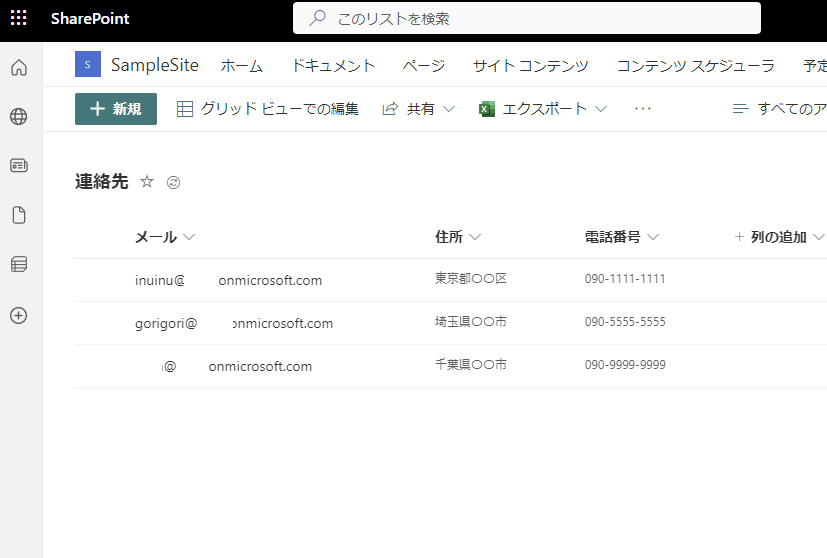
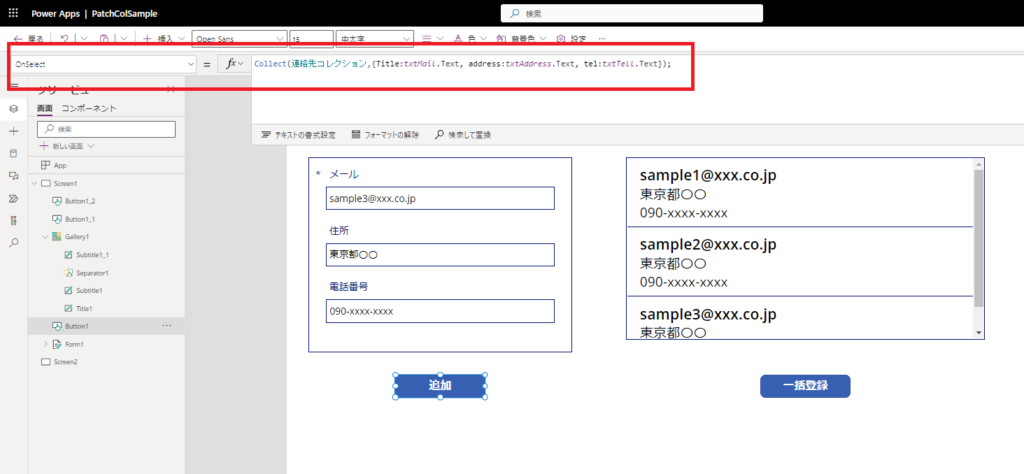
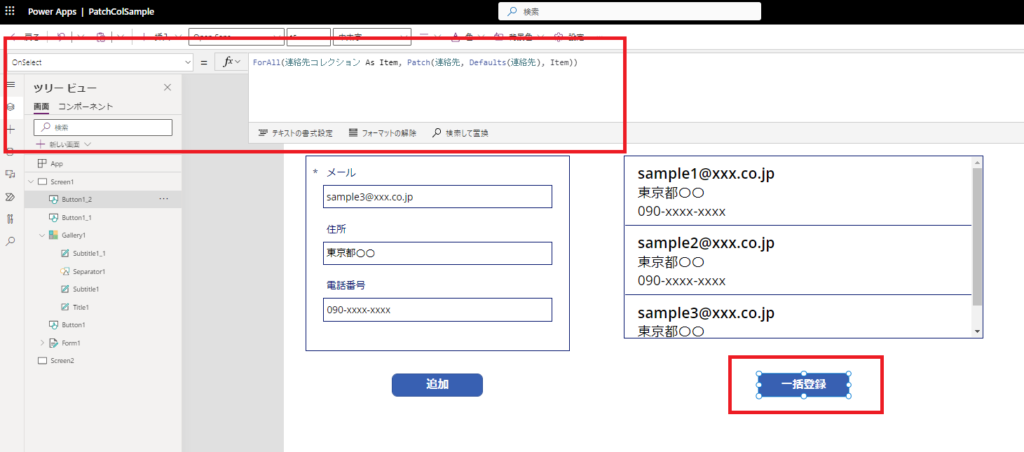

The main issue is that performance significantly degrades as the number of records to be bulk registered increases.
Directly Passing Collections as the Second Argument of the Patch Function
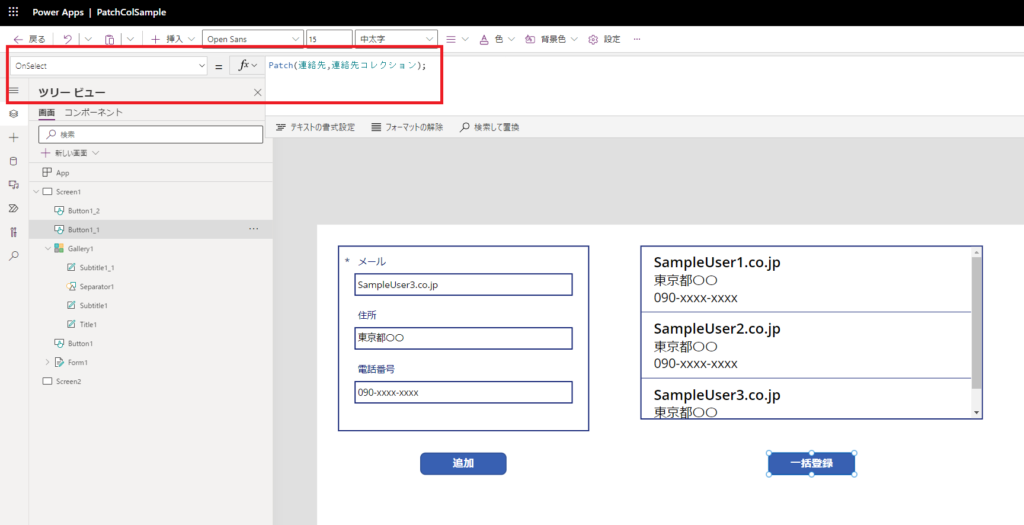
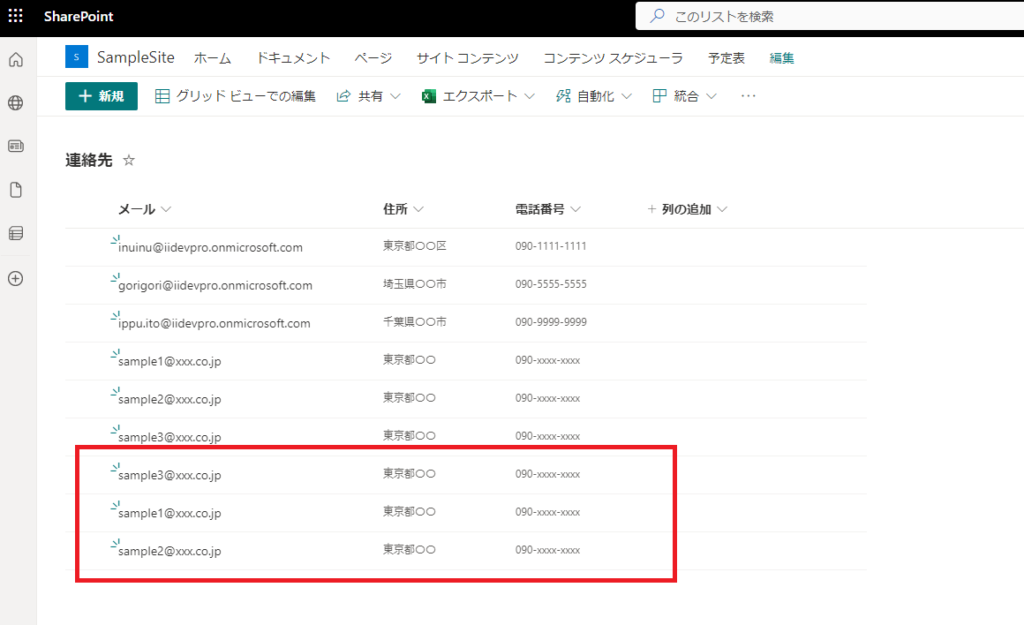
While this approach isn’t widely known, it’s highly recommended as it performs significantly faster than the ForAll method.
Resolving the “Invalid argument type (Table). A Record value is required instead.” Error
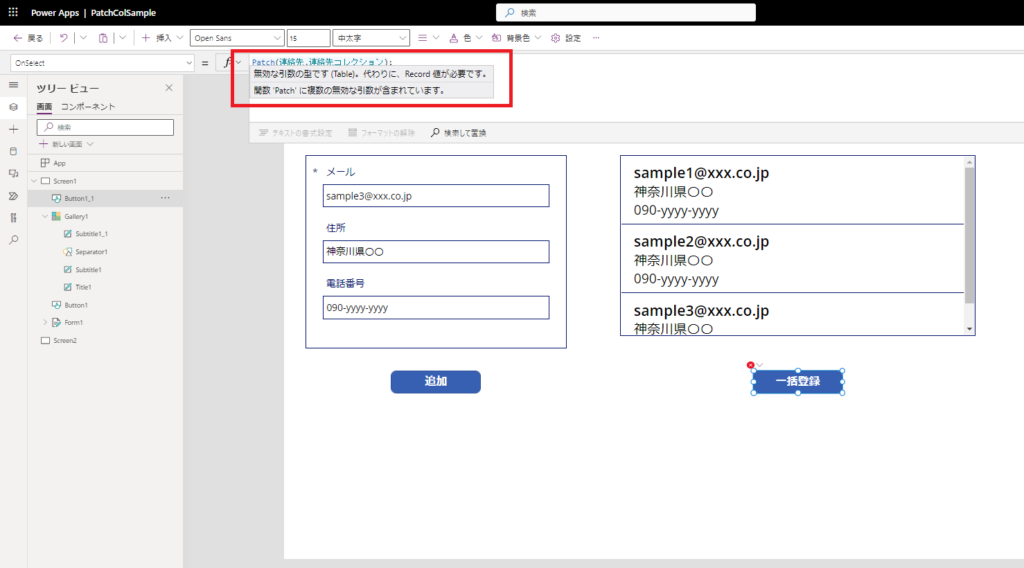
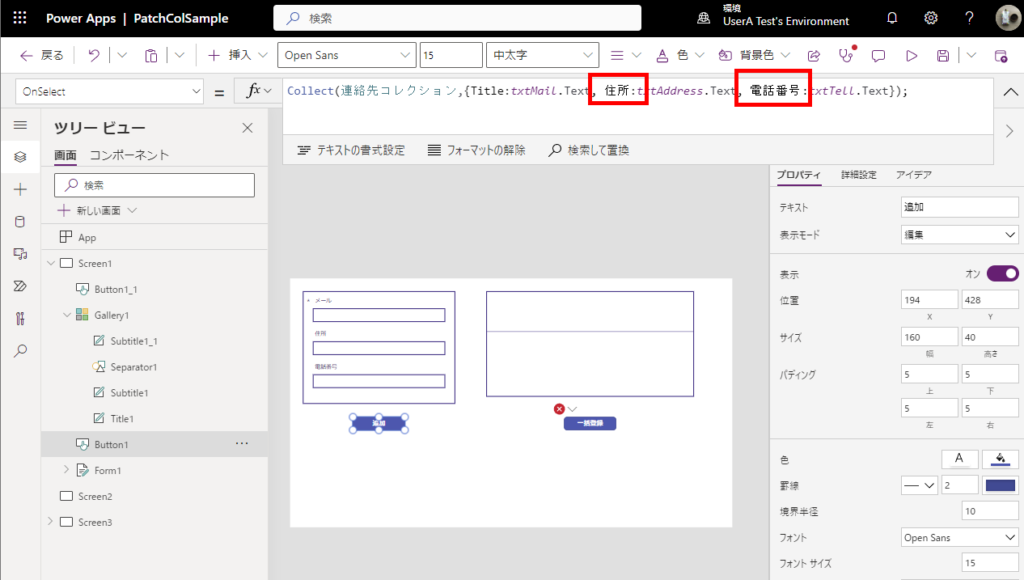
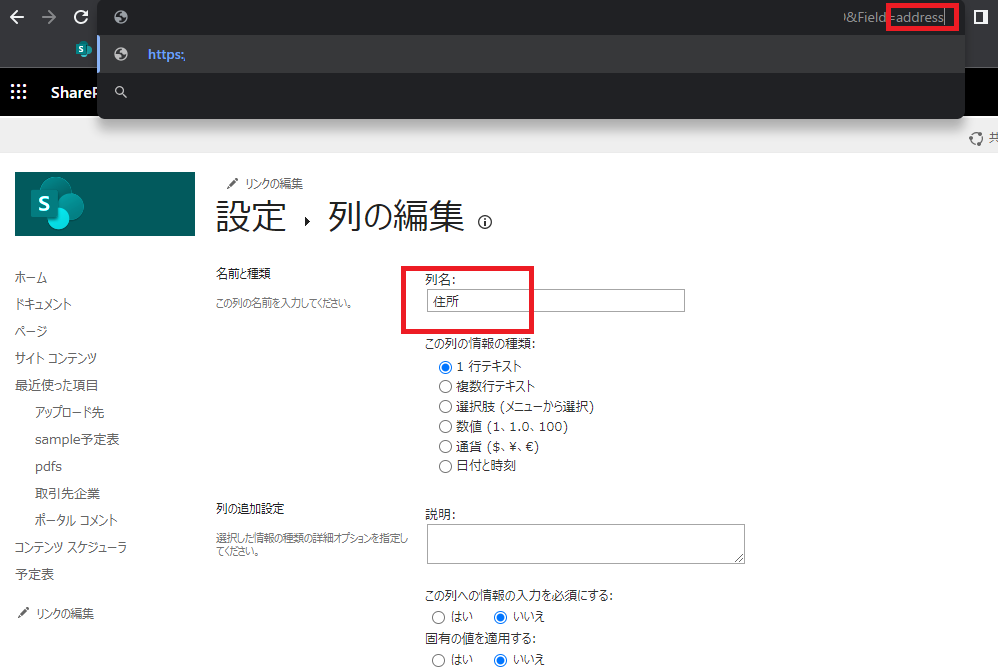
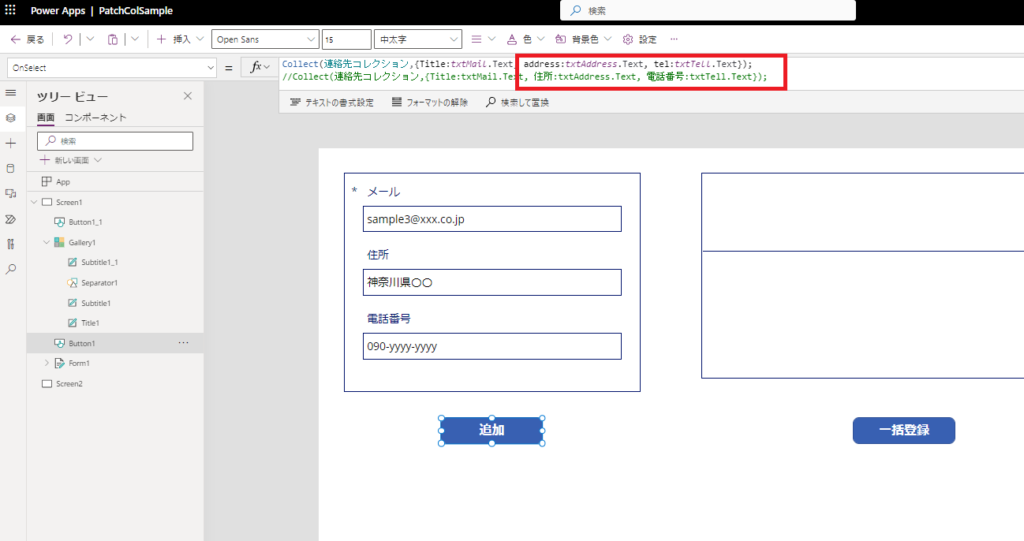
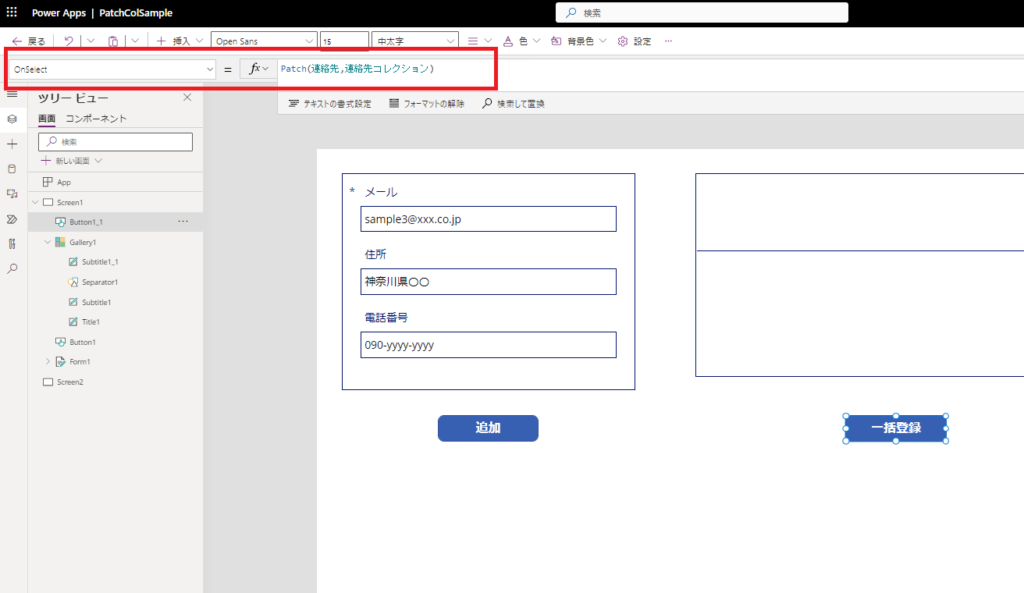
How to Identify Incorrect Column Names
While identifying the cause is relatively straightforward for SharePoint Online lists by using internal names, it can be challenging to pinpoint which column names are incorrect when working with other data sources.
The method is simple: wrap the second argument of the Patch function with ShowColumns and gradually add the desired record column names until you encounter an error.
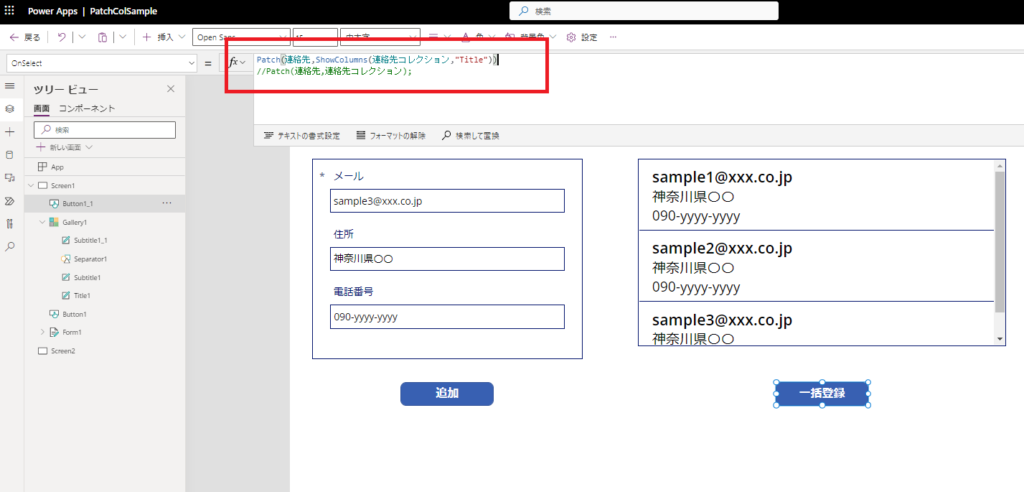
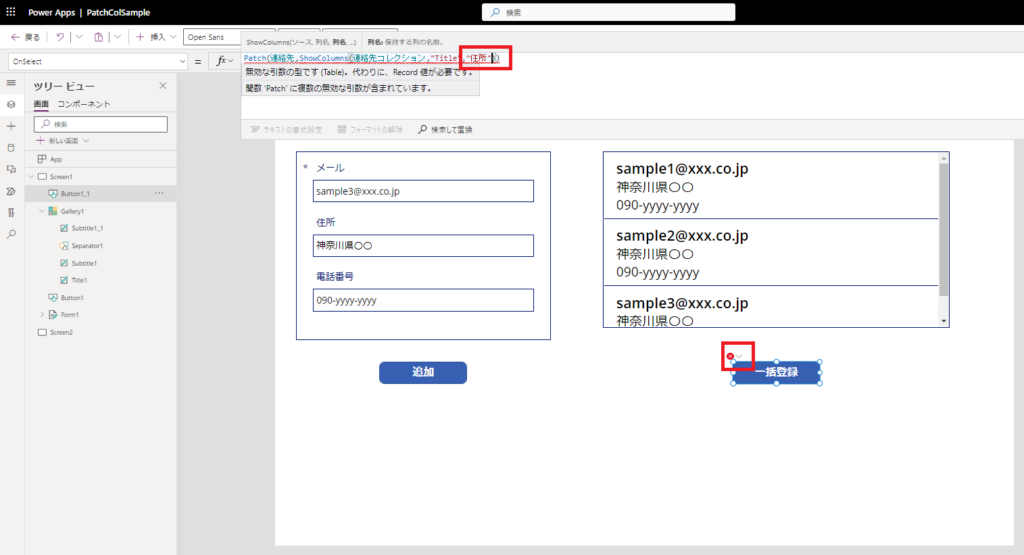
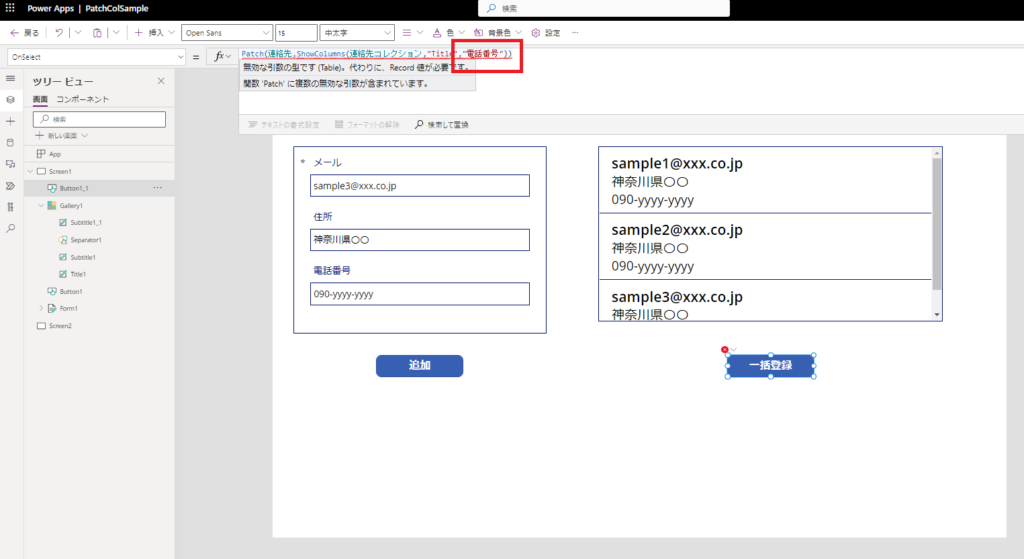
While troubleshooting errors this way might require some patience, bulk registration is highly recommended as it’s extremely convenient and produces clean, readable code!
Patch vs UpdateIf vs ForAll

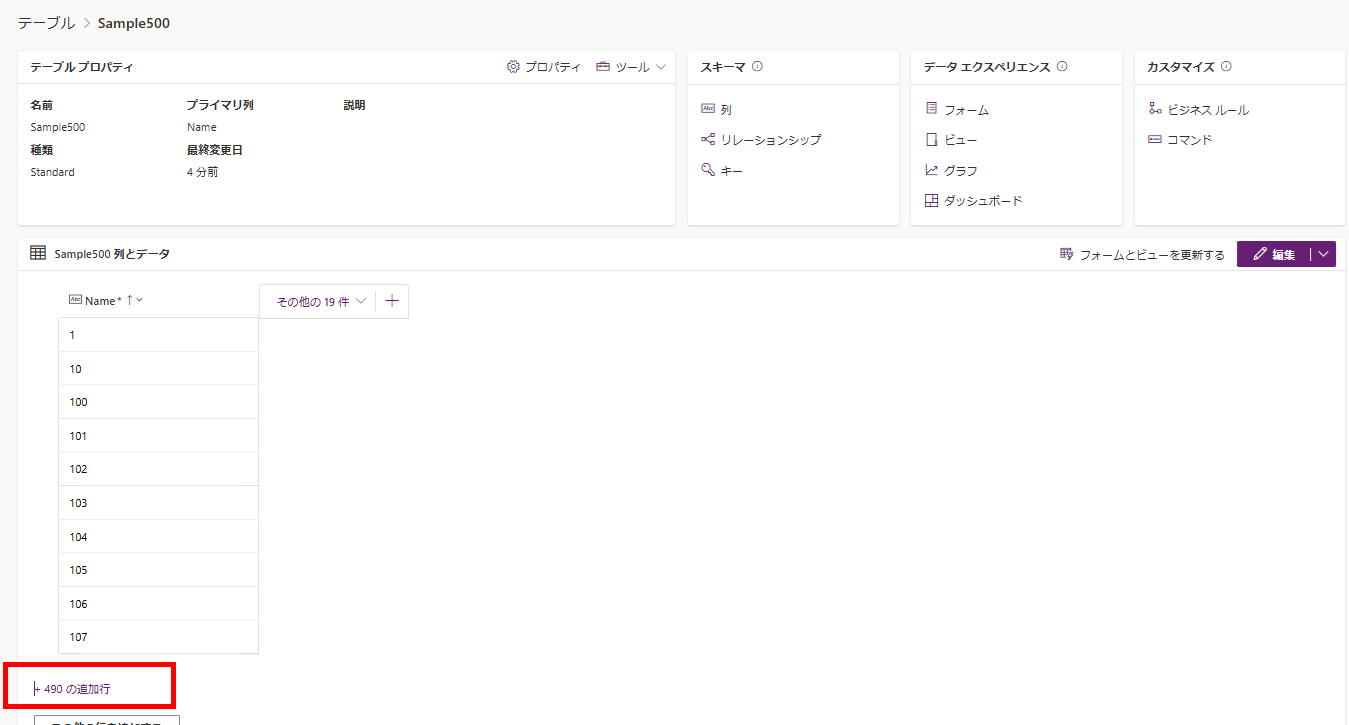
コメント